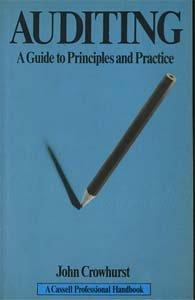Question
P5-49A Calculate the cost of goods sold and ending inventory; analyze effects of each method on financial statements; apply lower-of-cost-or-market rule; calculate inventory turnover ratio.
P5-49A Calculate the cost of goods sold and ending inventory; analyze effects of each method on financial statements; apply lower-of-cost-or-market rule; calculate inventory turnover ratio. The following series of transactions occurred during 2009:
January 1 Beginning inventory was 70 units at $10 each
January 15 Purchased 100 units at $11 each
February 4 Sold 60 units at $20 each
March 10 Purchased 50 units at $12 each
April 15 Sold 70 units at $20 each
June 30 Purchased 100 units are $13 each
August 4 Sold 110 units at $20 each
October 1 Purchased 80 units at $14 each
December 5 Sold 50 units at 21 each
Requirements
1.Calculate the value of the ending inventory and cost of goods sold, assuming the company uses a periodic inventory system and the FIFO cost flow assumption
2. Calculate the value of the ending inventory and cost of goods sold, assuming the company uses a periodic inventory system and the LIFO cost flow assumption.
3. Calculate the value of the ending inventory and cost of goods sold, assuming the company uses a periodic record-keeping system and the weighted average cost flow assumption .
4.Which of the three methods will result in the highest cost of goods sold for the year ended December 31, 2009?
5.Which of the three methods will provide the most current ending inventory value for the balance sheet at December 21, 2009?
6.How will the differences between the methods affect the income statement for the year and the balance sheet at year end?
Step by Step Solution
There are 3 Steps involved in it
Step: 1

Get Instant Access to Expert-Tailored Solutions
See step-by-step solutions with expert insights and AI powered tools for academic success
Step: 2

Step: 3

Ace Your Homework with AI
Get the answers you need in no time with our AI-driven, step-by-step assistance
Get Started


